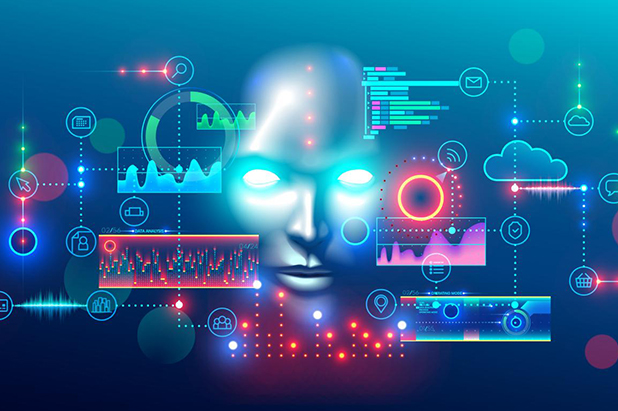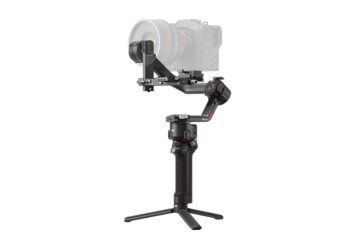In the world of ML, transfer learning accelerates and improves applications in this area. It opens the door to the use of existing knowledge in new applications. It allows you to transfer experience from one task to another, saving time, resources and improving efficiency.
In today’s article, we will focus on how this method changes machine learning applications. Do you want to know more? Discover machine learning consulting services.
Transfer learning
Transfer learning is a machine learning technique where knowledge from one field is used to solve problems in another. Thus, in this method, existing models are reused to solve a new problem. No more, no less; this means that you don’t have to start the training all over again for each new task.
Types of transfer learning
INDUCTIVE
In this approach, the knowledge learned from a source task is directly transferred to a target task. The source and target tasks are typically related but can differ in some aspects. The transferred knowledge is utilized to improve the performance of the target task.
MULTI-TASK
Multi-task learning involves training a model to perform multiple tasks simultaneously. The idea is that knowledge shared across tasks can benefit each task, leading to improved performance. The tasks can be related or unrelated, but the shared knowledge helps regularize the model and improve generalization.
ONE-SHOT
One-shot transfer learning refers to scenarios where there is only a single labeled instance available in the target domain. The knowledge from the source domain is used to generalize and make predictions in the target domain, even with minimal labeled data.
ZERO-SHOT
Zero-shot transfer learning aims to transfer knowledge from a source task to a target task without any overlapping classes or labeled data. It relies on semantic relationships or shared attributes between the source and target domains.
DOMAIN ADAPTATION
Domain adaptation deals with the challenge of transferring knowledge from a source domain to a target domain where the data distributions may differ. The goal here is to align the feature representations between the source and target domains.
The impact of transfer learning on ML applications
Transfer learning is revolutionizing machine learning applications in many ways. It solves many problems and enables the effective use of pre-trained models. Here are some ways in which transfer learning influences the development of machine learning.
REDUCING LEARNING TIME AND COMPUTING RESOURCES
Traditional machine learning from scratch requires huge amounts of data and computational resources. Creating this labeled data requires time, effort, and expertise. However, with transfer learning, we can reduce the amount of training data needed for new models.
EFFICIENT USE OF LIMITED DATA
Having enough tagged data is often difficult and expensive. Transfer learning allows you to use knowledge from other related tasks or domains to train new models from a limited amount of data. Transferring knowledge from pre-trained models to target models allows for better results, even with smaller datasets.
DOMAIN ADAPTATION AND GENERALIZATION
Transfer learning allows you to transfer knowledge and skills from one task to another. Pre-trained models learn general characteristics and patterns that apply to different tasks. By adapting these models to new tasks, it is possible to effectively use the accumulated knowledge and experience.
INCREASED EFFICIENCY
The use of transfer learning allows us to achieve better results compared to learning from scratch. It is useful, especially for tasks with a small amount of available data. Transferring knowledge from pre-trained models:
- Eliminates the need to start from scratch
- Allows models to make better use of available information
AVAILABILITY OF PRE-TRAINED MODELS
As the ML community has expanded and organizations have started sharing pre-trained models, transfer learning has become more accessible. There is now a wide selection of pre-trained models that can be used as a starting point for knowledge transfer to new tasks.
Examples of transfer learning in ML
NLP
Based on algorithms that allow machines to read, NLP interprets and understands human language just like humans. What is the role of transfer learning here? Well, it reinforces the ML models that deal with NLP.
NEURAL NETWORKS
Neural networks, on the other hand, are computational systems that work similarly to the neurons in the human brain. In this case, the models are very complex, so they require a huge amount of resources. Therefore, transfer learning is of great importance here. It streamlines the entire process and, above all, reduces the need for resources.
COMPUTER VISION
Transfer learning can also be used in computer vision. Computer vision allows machines to understand visual formats such as videos and images. An example of transfer learning in computer vision is fine-tuning a pre-trained model like ResNet for object detection. By adjusting the model to a specific object detection task, it can effectively identify objects in new images.
Conclusion
With transfer learning, ML applications become more effective. The use of existing knowledge allows for
- Faster learning
- Better use of available data
- Optimization of models
In this article, we have explained what transfer learning is and its different types. We have also shown its benefits for ML and given some examples.








